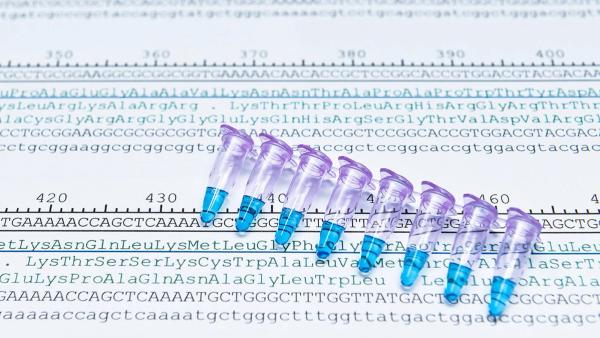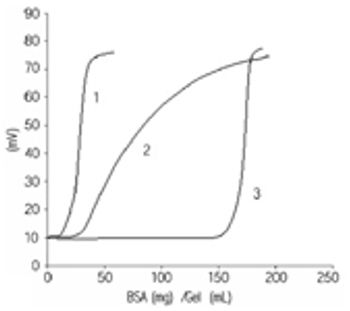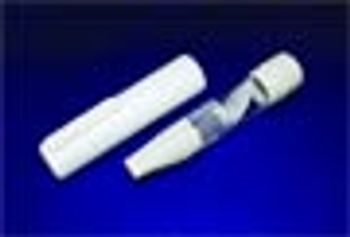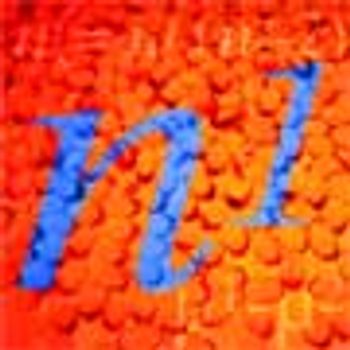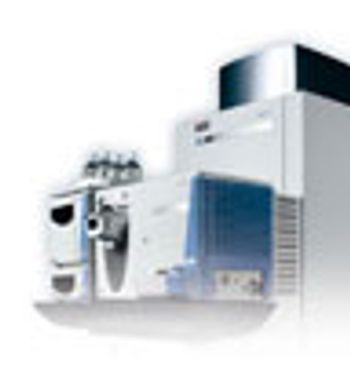
Rapid structural elucidation of compounds in complex mixtures is a powerful technique in metabolite, degradation and process control applications. The ability to follow the fragmentation pathway through sequential MSn transitions provides added confirmation and increases the selectivity for monitoring compounds of interest in a complex mixture. Previously, the limiting factors in applying this technique were sensitivity at MS4 and higher transitions, and the cycle time required to acquire multiple MSn spectra across a narrow LC peak. Recent developments in trapping, detection efficiencies and scan rates have reduced these limitations and enabled rapid characterization of multiple compounds from single chromatographic runs.

